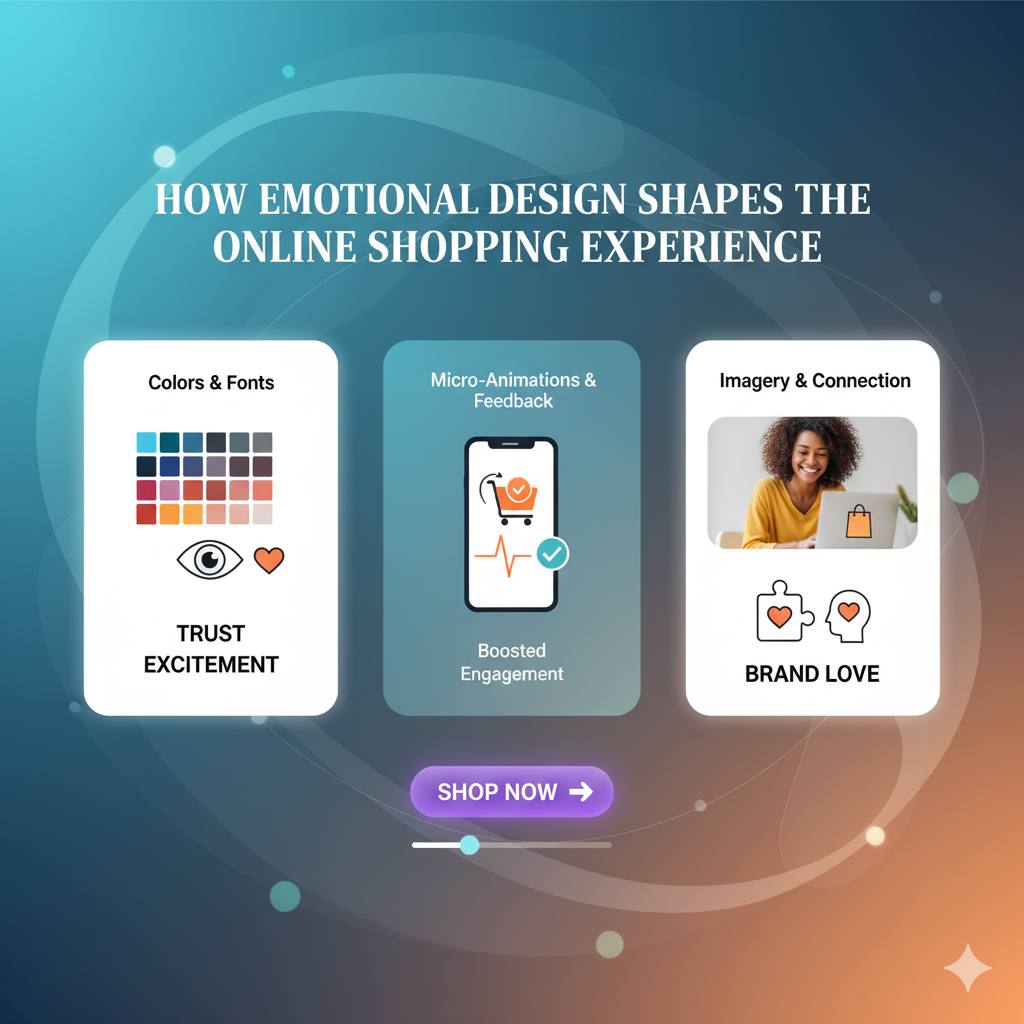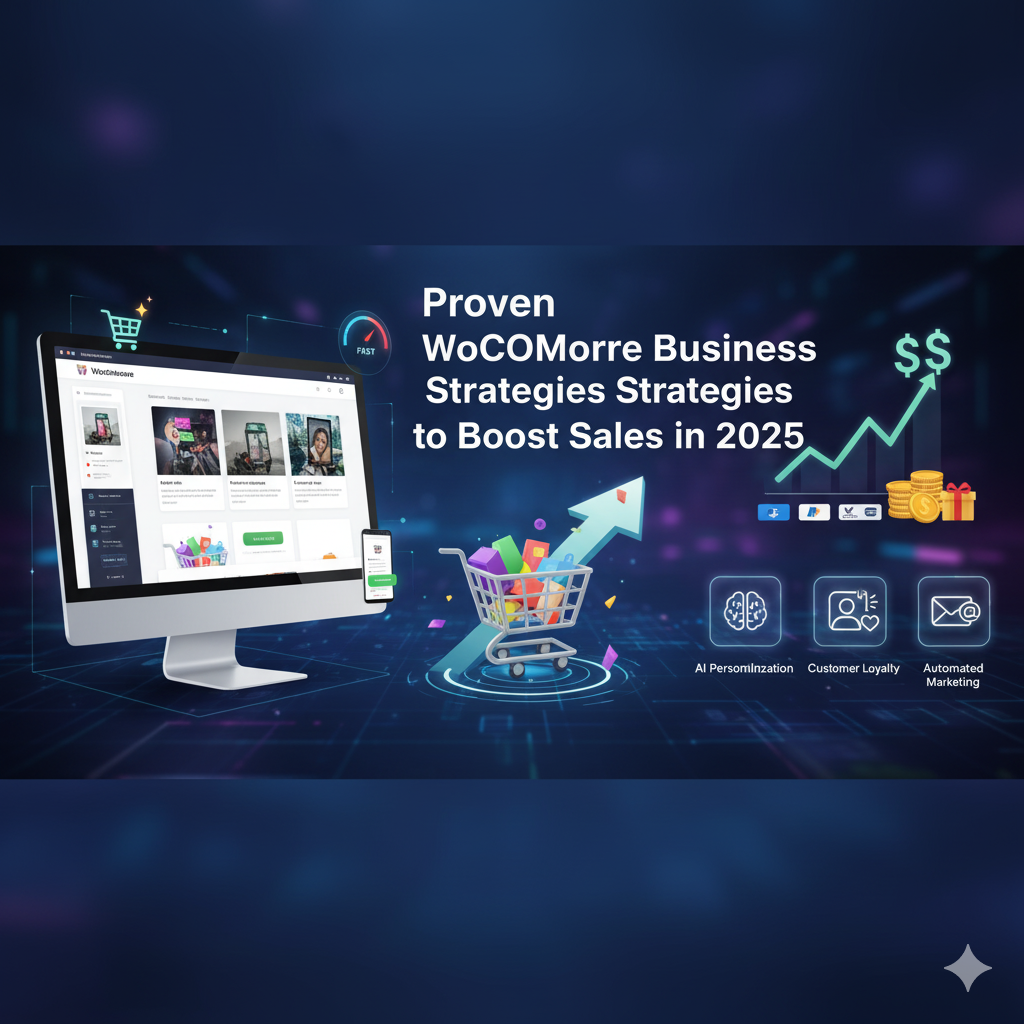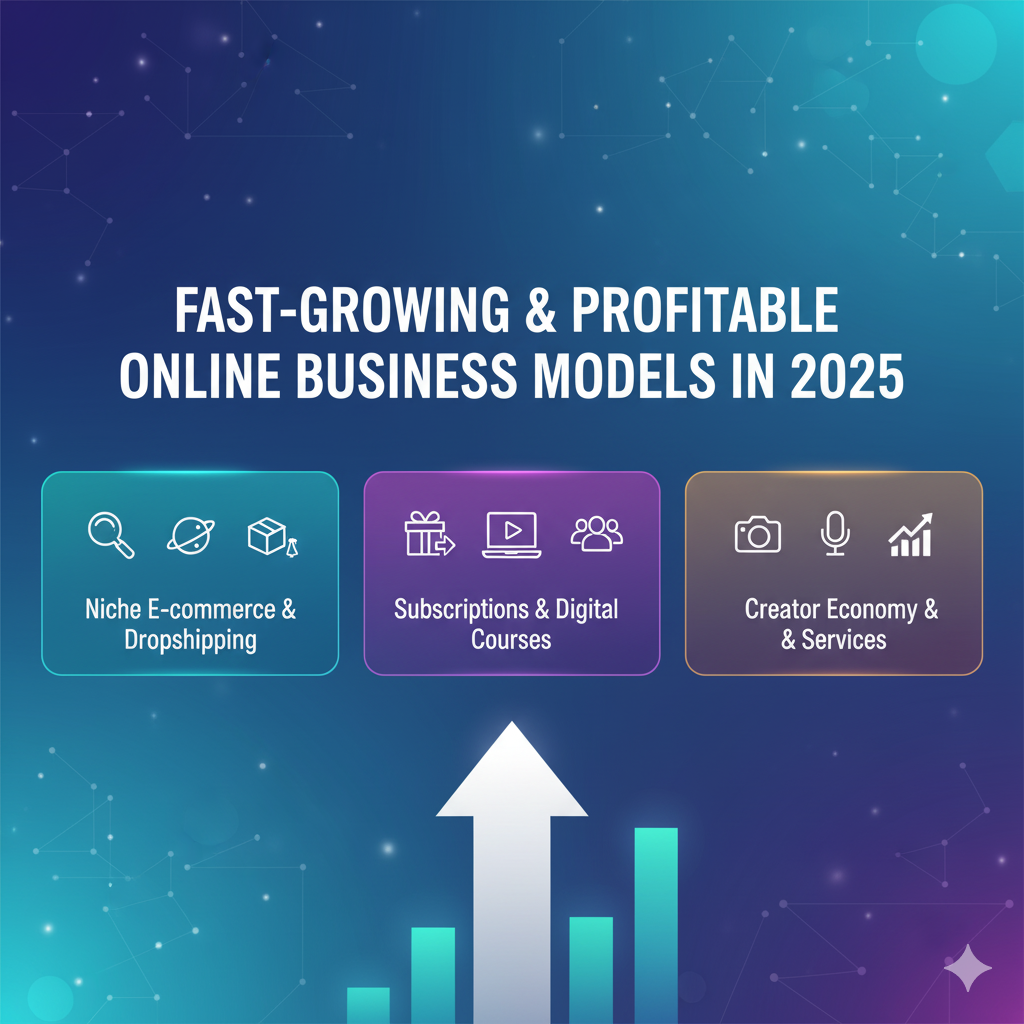In the crowded digital marketplace, simply offering great products and a functional website is no longer enough. Customers don’t just shop with their wallets; they shop with their hearts and their minds. This fundamental truth brings us to the profound impact of emotional design in ecommerce. It’s the art and science of creating experiences that evoke specific emotions in users, influencing their perceptions, fostering trust, and ultimately guiding them towards a purchase. While traditional UX focuses on usability and efficiency, emotional design delves deeper, understanding how colors, fonts, and even subtle micro-animations can powerfully shape buying decisions.
Ignoring the emotional dimension of your e-commerce platform means missing a critical opportunity to connect with customers on a deeper, more influential level. A transaction isn’t just logical; it’s often an emotional journey from desire to satisfaction. By consciously weaving emotional elements into your UX, you can build stronger brand loyalty, create memorable experiences, and significantly boost your online sales. This post will explore how emotional design in ecommerce can transform passive browsing into an engaging, emotionally resonant journey that culminates in a completed purchase.
Why Emotions Drive Online Purchases?
We often believe our buying decisions are purely rational. However, behavioral psychology reveals that emotions play a far more significant role.
- First Impressions Matter: Users form opinions about your brand within milliseconds. Consequently, emotional design shapes these initial feelings.
- Building Trust and Connection: Customers are more likely to buy from brands they feel connected to or trust. Emotions like delight, security, and excitement foster these connections.
- Reducing Friction: Negative emotions like frustration or confusion can quickly lead to cart abandonment. Therefore, emotional design aims to minimize these feelings.
- Memorable Experiences: An emotionally resonant experience stands out. Ultimately, customers remember how a site made them feel, encouraging repeat visits.
The Core Elements of Emotional Design in Ecommerce
Several key design components are powerful levers for evoking specific emotions on your e-commerce site.
1. Color Psychology: Setting the Mood and Guiding Action
Colors are not just decorative; they carry deep psychological meanings that can influence purchasing behavior.
- Warm Colors (Reds, Oranges, Yellows): These colors often evoke excitement, urgency, and energy. Specifically, red can draw attention to sales or call-to-action buttons. Yellow can project warmth and optimism.
- Cool Colors (Blues, Greens, Purples): These typically convey calmness, trust, and sophistication. Therefore, blue is often used by financial institutions to signal reliability. Green can suggest growth, nature, or luxury.
- Neutral Colors (Grays, Browns, Beiges): These provide balance and often signal minimalism or organic qualities. Ultimately, they allow brighter accent colors to pop.
- Strategic Application: Use color consistently to reinforce brand identity and guide user attention. For instance, a contrasting color for “Add to Cart” buttons can boost conversions.
2. Typography: The Voice of Your Brand
Fonts are more than just text; they communicate personality and readability. Therefore, your font choices are a critical part of emotional design in ecommerce.
- Serif Fonts: Often evoke tradition, elegance, and trustworthiness (e.g., Times New Roman, Georgia). They are excellent for brands seeking a classic or luxurious feel.
- Sans-Serif Fonts: Convey modernity, simplicity, and clarity (e.g., Arial, Helvetica, Open Sans). They are highly readable on screens and suitable for a wide range of contemporary brands.
- Display Fonts: These are highly stylized fonts used for headlines or specific branding. However, use them sparingly to avoid overwhelming the user.
- Readability is Key: Regardless of style, ensure your chosen fonts are highly legible across all devices and screen sizes. Ultimately, frustration from unreadable text quickly creates negative emotions.
3. Imagery and Visuals: The Heart of Your Story
Product photos, banners, and lifestyle shots are powerful emotional triggers. This is a core aspect of emotional design in ecommerce.
- High-Quality, Evocative Product Photos: Beyond just showing the product, use imagery that tells a story or evokes a feeling. Specifically, show people enjoying the product.
- Lifestyle Photography: Demonstrate how products fit into a desirable lifestyle. Consequently, this helps customers visualize themselves using and benefiting from the product.
- Brand Storytelling: Use hero images and banners to convey your brand’s values, mission, or unique selling proposition. Therefore, you build an emotional connection.
- Consistency: Maintain a consistent visual style that reinforces your brand identity and the desired emotional tone.
4. Micro-Animations: Subtle Delights and Clear Feedback
Micro-animations are small, subtle movements that enhance user interaction and provide delightful feedback. They are crucial for emotional design in ecommerce.
- Confirming Actions: A slight bounce or color change when an item is added to the cart provides instant visual confirmation. This reassures the user and reduces anxiety.
- Guiding Attention: Small animations can draw the eye to important elements, like a new notification or an updated cart total. Ultimately, this guides the user’s focus.
- Creating Delight: A fun loading animation or a subtle hover effect can add a touch of personality and make the experience more enjoyable. Consequently, these small moments build positive emotions.
- Reducing Perceived Wait Times: Engaging animations can make waiting for a page to load feel less tedious. Therefore, they improve the perceived speed of your site.
5. Tone of Voice and Copywriting: Speaking to the Heart
The words you use, and how you say them, directly influence emotions.
- Empathetic Language: Use language that understands and addresses customer needs or pain points. Specifically, empathetic copy builds rapport.
- Benefit-Oriented Copy: Focus on the benefits and emotions a product delivers, not just its features. For example, instead of “16GB RAM,” say “Blazing-fast performance for seamless multitasking.”
- Consistent Brand Voice: Ensure your copy across the entire site reflects your brand’s personality, whether it’s playful, luxurious, or authoritative. This reinforces the emotional connection.
How to Implement Emotional Design in ecommerce site?
To harness emotional design in ecommerce effectively, follow these key strategies.
- Know Your Audience: Understand your target demographic’s values, aspirations, and pain points. Therefore, you can tailor emotional triggers that resonate with them.
- Define Your Desired Emotions: What feelings do you want your customers to experience? Excitement? Trust? Calmness? Design specifically to evoke these.
- A/B Test Everything: Emotional responses are subjective. Consequently, rigorously test different design elements (colors, animations, copy) to see what truly resonates with your audience and impacts conversions.
- Prioritize Accessibility: Ensure that emotional design enhancements do not create accessibility barriers. Ultimately, a delightful experience should be inclusive for all users.
- Seek Feedback: Regularly gather user feedback to understand their emotional responses to your site. This provides invaluable insights for ongoing optimization.
Conclusion: Weaving Emotion into Every Click
Emotional design in ecommerce is far from a superficial embellishment; it’s a strategic imperative that connects with customers on a profoundly human level. By thoughtfully leveraging colors, fonts, imagery, micro-animations, and compelling copy, e-commerce businesses can transcend mere transactions. They build memorable experiences, foster deep trust, and cultivate lasting loyalty. In a world where product choices are abundant, the brands that win are those that make their customers feel something truly positive. Embrace emotional design, and you will unlock a powerful pathway to increased engagement, stronger brand affinity, and significantly boosted online sales.
The journey to integrating true emotional design into your e-commerce platform can feel overwhelming. You need more than just a developer; you need a partner who can translate feelings into features. If you are searching for a reliable web development company to guide you, know that WC Booster is here to help. We ensure the entire process—from initial design strategy to final deployment—is smooth, elegant, and focused on maximizing your customer’s delight. Feel free to contact us to start building an emotionally resonant and highly effective online store.










